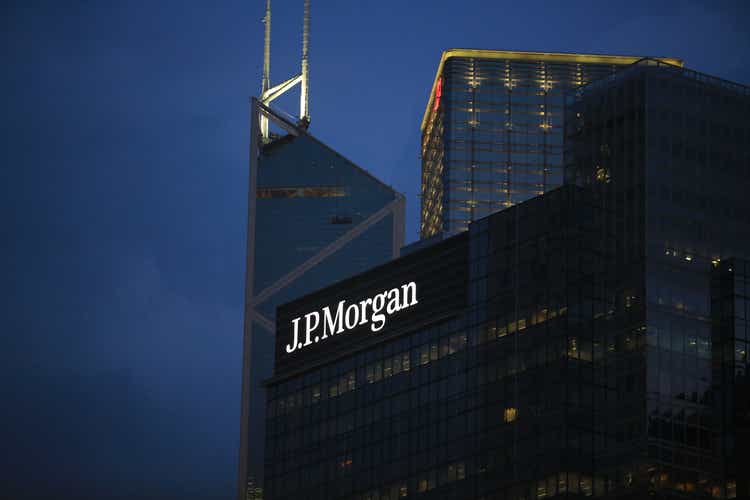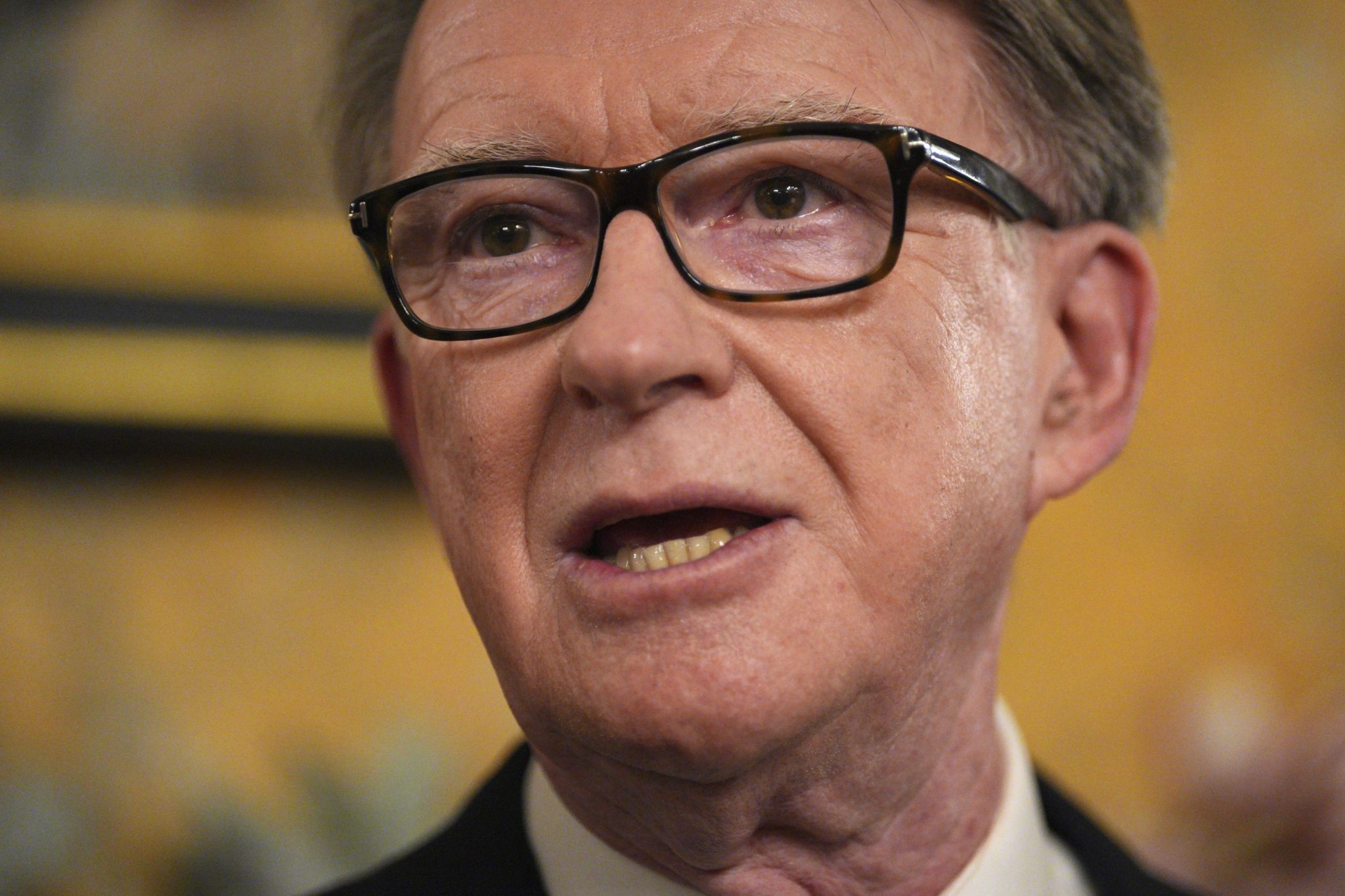Mumbai’s ongoing redevelopment wave is set to reshape the city’s housing landscape, with more than 900 residential societies participating in projects that will add 44,277 new homes valued at Rs 1.31 trillion, according to a report by Knight Frank India.
Since 2020, 910 housing societies have signed development agreements, unlocking 326.8 acres (1.32 million square metres) of land based on local floor-space index (FSI) rules. The free-sale portions of these projects are expected to generate Rs 7,830 crore in stamp duty and Rs 6,525 crore in GST revenue.
Western suburbs to see biggest growth
The Western Suburbs, spanning from Bandra to Borivali, will drive most of the expansion with 32,354 new homes, accounting for 73 per cent of the total supply. In comparison, South Mumbai will see just 416 units, while Central Suburbs contribute minimally, with 234 societies bringing suburban growth to nearly 96 per cent of the city’s redevelopment footprint.
Borivali, Andheri, and Bandra are emerging as hotspots, together contributing over 139 acres of redevelopment activity. Central and South Mumbai remain limited by fragmented ownership, legacy tenancies, and high entry costs.
Smaller plots, bigger challenges
The report noted that over 80 per cent of redevelopment deals involve plots smaller than 0.49 acres, highlighting the difficulties of consolidating land in a dense city. Most of these smaller plots--754 societies in total--have moved forward with redevelopment agreements.
Redevelopment projects typically take 8 to 11 years to complete. Societies that started in 2020 are only now entering construction or early handover phases, exposing them to market cycles, interest rate changes, and shifting policies.
Experts warn on overheating
Shishir Baijal, chairperson and managing director of Knight Frank India, said: “The segment today appears overheated and is fast reaching a point of inflection. Rising prices have fuelled commitments that stretch well beyond sustainable limits, while society members’ expectations have grown disproportionately. At this juncture, it is imperative for both societies and developers to leave adequate headroom in their arrangements and to structure finances prudently.”
While regulations like DCPR 2034 have improved project viability, challenges such as consensus building, title clarity, and civic approvals persist.
Gulam Zia, senior executive director at Knight Frank India, advised: “In markets priced below Rs 40,000 per square feet, developers should not allocate more than 30-35 per cent of the total area to societies. The share may rise to 35-40 per cent where prices are Rs 40,000-Rs 60,000 per square feet, and up to 50 per cent where prices exceed Rs 75,000 per square feet. Beyond these thresholds, cash flows lose flexibility and projects become vulnerable. Both societies and developers must plan with buffers so that if the market shifts downward, there is room to adjust and complete the project.”

 2 hours ago
1
2 hours ago
1
















 English (US) ·
English (US) ·